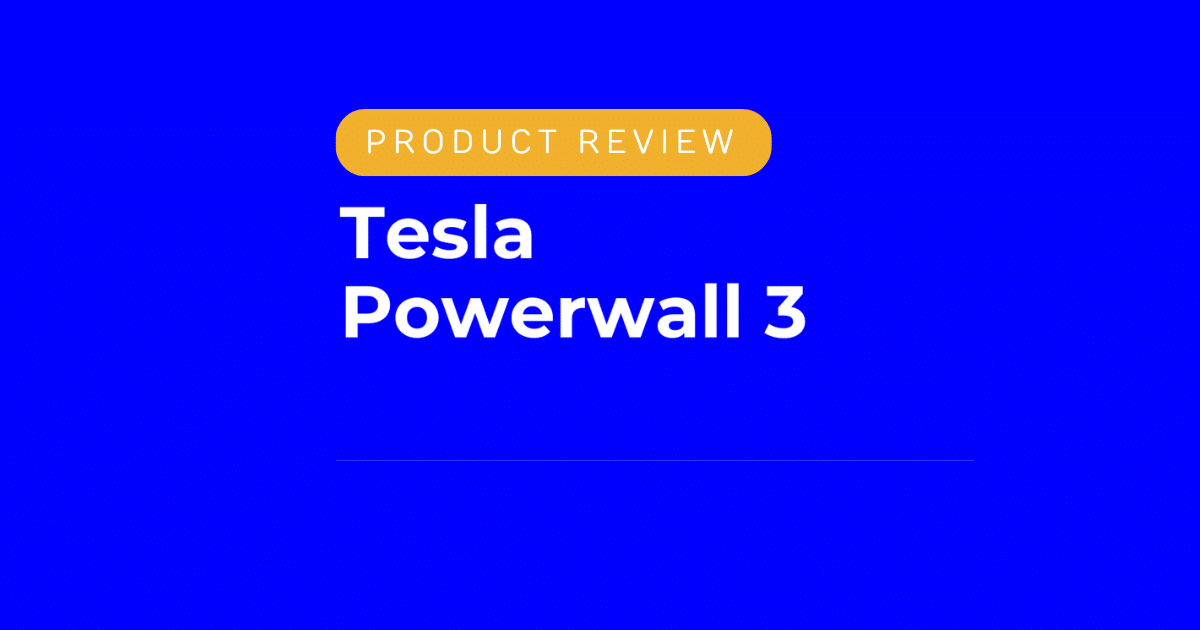Solar Pro’s Review of the Tesla Powerwall 3
In September 2023, Tesla took the wraps off its latest innovation in home energy storage – the Powerwall 3. This new release isn’t just another incremental update; it’s a significant leap forward from its predecessor, the Powerwall 2. What sets the Powerwall 3 apart is its integration of a solar inverter with battery storage, streamlining the solar-to-storage process in a way that’s both efficient and user-friendly. As of November 2023, with the latest update in March 2024, the buzz around this product has only grown. Let’s dive into what makes the Powerwall 3 a game-changer in home energy solutions.
Tesla Powerwall 3: A New Era in Home Energy Storage
Breaking New Ground with Tesla Powerwall 3’s Integrated Solar Inverter
Tesla Powerwall 3 Key Specifications: A Closer Look
- Type: The Powerwall 3 is a DC-coupled system that combines solar and battery capabilities in a single unit.
- Capacity: It boasts a 13.5 kWh storage capacity, identical to the Powerwall 2, but with the option to expand up to 54 kWh with additional units.
- Power Output: The system delivers a continuous 11.5 kW, peaking at 185 Amps LRA for brief moments, showcasing its robustness.
- Solar Input: It supports up to 20 kW of solar input across six MPPTs, accommodating substantial solar panel setups.
- Physical Attributes: Weighing in at 130 kg (287 lbs), its design is both sleek and functional.
Advancements from Tesla Powerwall 2: What’s New?
Tesla Powerwall 3 Efficiency and Performance: Setting New Standards
Tesla Powerwall 3 Design and Cooling: Innovations in Thermal Management
Solar Compatibility: A Slight Compromise
Market Position and Geographical Availability of the Tesla Powerwall 3: A Global Perspective
Who Should Consider the Tesla Powerwall 3?
- For California Residents: If you’re in the market for a robust solar battery backup system in 2024, especially for new installations or upgrades, the Powerwall 3 is a compelling choice.
- For Existing Solar System Owners: If compatibility is a concern, the Powerwall 2 might still be a viable option.
- For International Customers: While it’s worth the wait for those needing a powerful, integrated system within the next 6-12 months, other high-quality alternatives are also worth considering.





